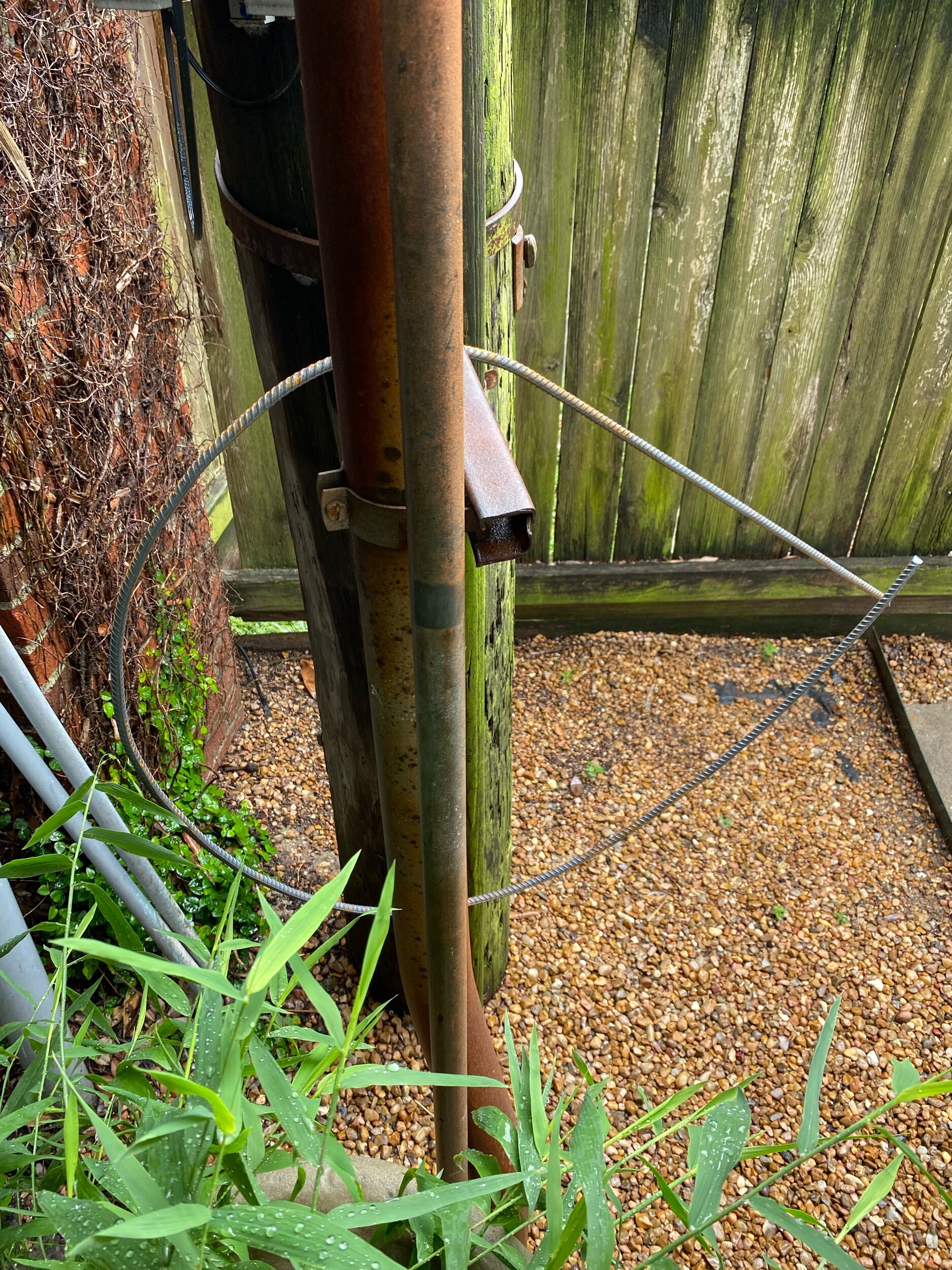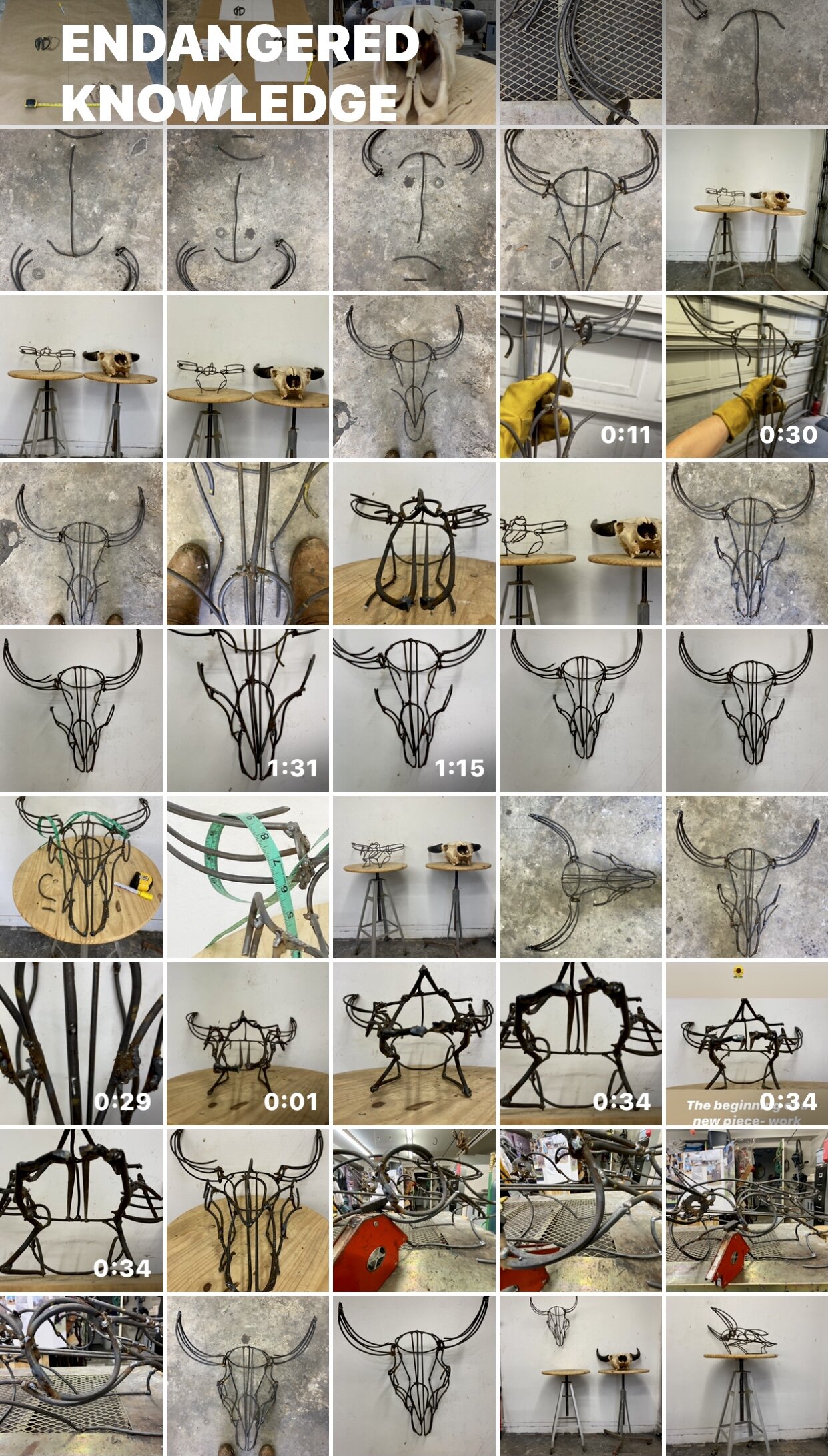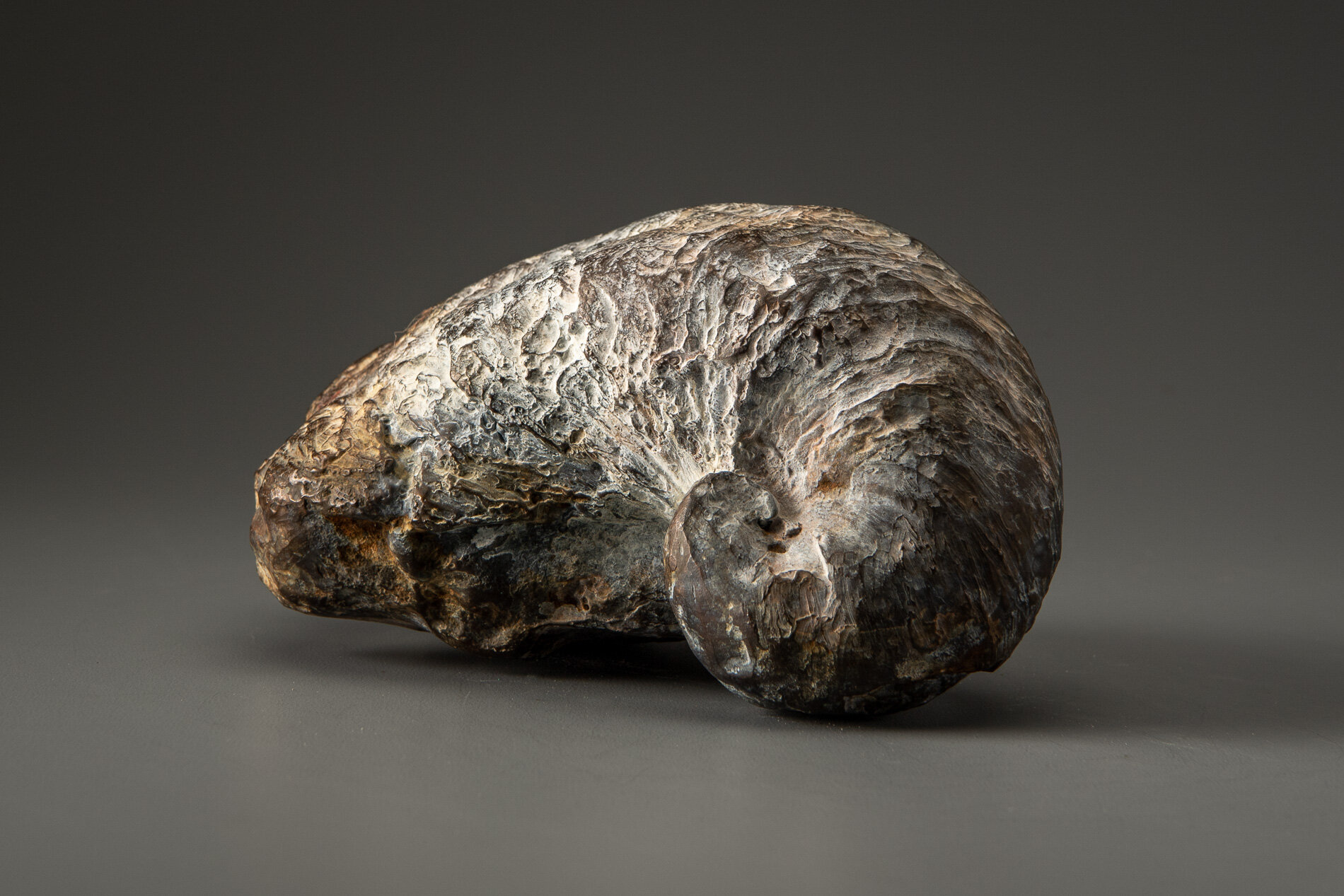The Bison in the Texaco Star
The third pasture/exhibition
As in agriculture that rejuvenates the soil, the bison has rotated to its third pasture/exhibition. It began in a historic grain silo/art venue in Sculpture Month Houston's Altamira, which considered modern caveman's materials and message to the future, followed by the Blue Norther exhibit, where the bison addressed extreme weather's connection to soil. Now it brings its message to the Houston Forever exhibition in the former Texaco Building in downtown Houston.
The Star building, former home of Texaco, the company that developed the Spindletop gusher in 1901 and took the US into the oil age, is a key location in the sculpture's rotation. The bison in the Star embodies our civilization's conflict "between" ecology and commerce. Before Spindletop, oil was primarily used for lighting and as a lubricant. With Spindletop's abundance, Texaco began marketing petroleum for mass consumption. What can we learn about natural carbon cycling through the soil from the herd's eating and waste habits — also called consumption and regeneration — contrasted with the development of the energy industry and our society's mass consumption without individual responsibility for regeneration? Comparing and contrasting these two energy sources, both receive energy from the earth: one where each consumer returns carbon to the soil and the other supplying a chain of energy but still trying to figure out how to repay its debt of carbon for future generations. Integrating natural systems of regeneration can steer our innovation and creative minds to a future in which consumption, conservation and regeneration of earth's resources are in balance.













































